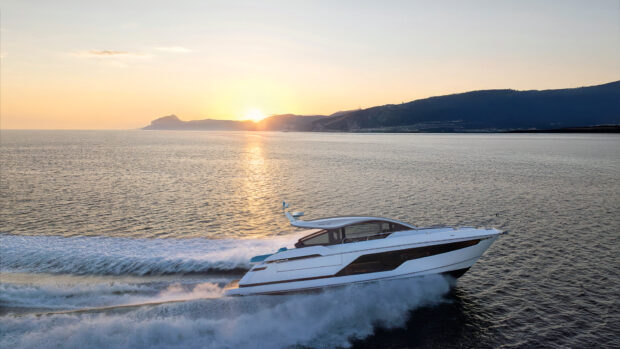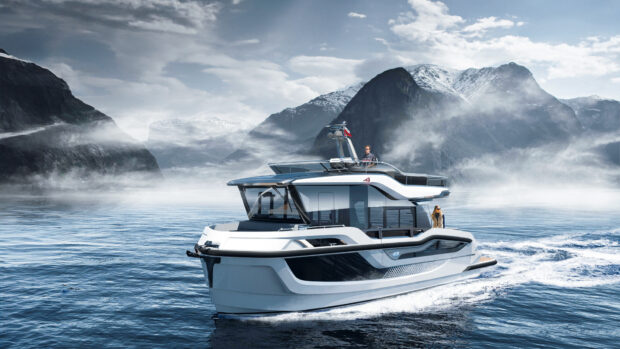Record is on once again after Indian Ocean sprint
Salalah, Oman – 23 May 2007 –Earthrace continues its quest to break the world record for circumnavigation of the globe by a powerboat. Earthrace entered the Red Sea May 22 2007, with a Northern path towards the Suez Canal.
The Earthrace powerboat began its record attempt on April 7 from San Diego, California and must finish back in San Diego on or before 21 June to break the record of 75 days – set by the British boat Cable & Wireless in 1998.
Earthrace had a good run from Cochin, India to Salalah, Oman, covering the 1400 nautical miles in just under 4 days. The boat arrived in Salalah in the early hours of Sunday May 20 and was off again under 8 hours.
The refueling of Earthrace in Salalah was done by the pumping of biodiesel from 44 gallon drums, 71 of them in total. This was a time consuming job, but the Earthrace crew was helped considerably by Somali sailors from a nearby ship.
After leaving Salalah Earthrace has continued to progress making good time, and had entered the Red Sea in the early hours of Tuesday 22 May. Traveling north up the Red Sea is generally regarded as being one of the more difficult sea-going passages because of traditionally large head seas. However, Pete Bethune, the skipper of Earthrace, said this morning that “we are experiencing reasonably flat and calm conditions in the Red Sea which is a pleasant surprise. We were bracing ourselves initially for a tough time, but I’m very pleased to report that this is not the case”.
Earthrace expects to arrive in Port Suez around midday Thursday, May 24 and to gain a special dispensation to transit through the canal on the same day. If a same day transit is not made possible Earthrace will transit with the usual convey on Friday, May 25. It is expected to take approximately 12 hours to travel the length of the canal to the northern exit point at Port Said.
Following the canal will be a journey to Malaga, Spain, a distance of approximately 1800 nautical miles.








